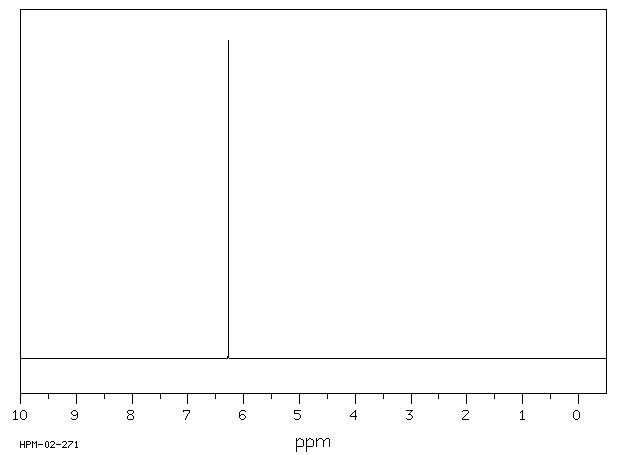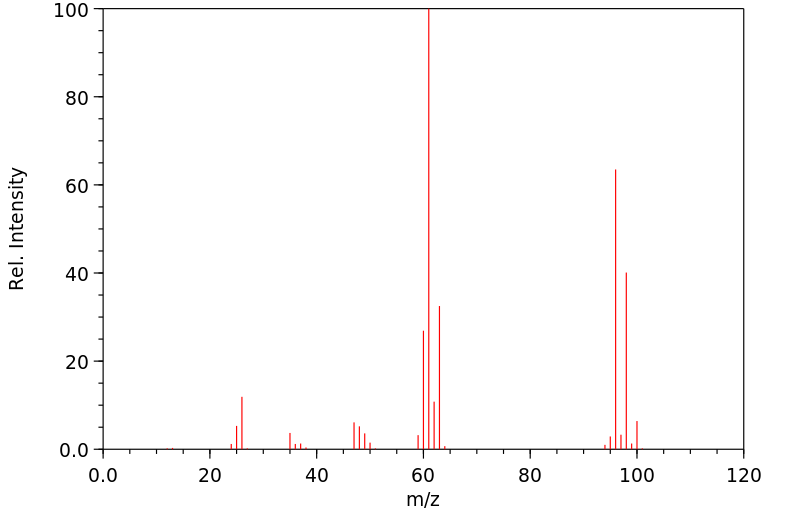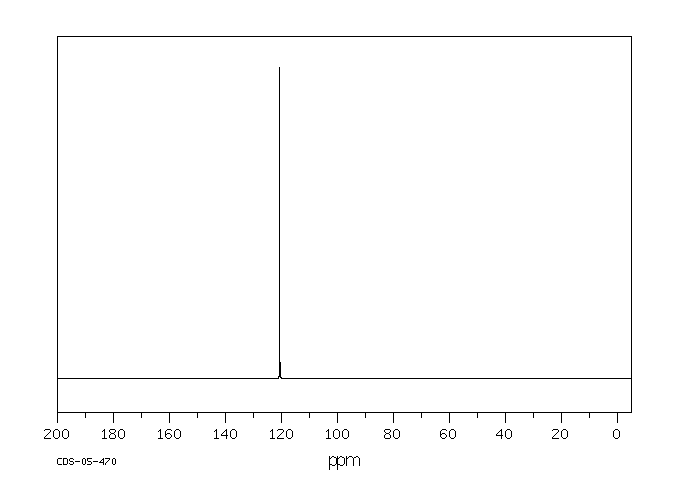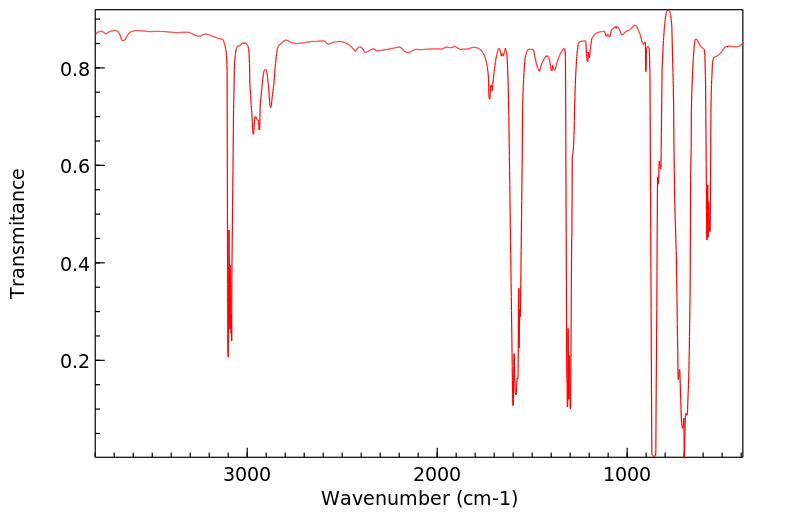代谢
顺式和反式-1,1-二氯乙烯与肝微粒体细胞色素P-450的活性位点结合,产生I型差异光谱,并刺激可被CO抑制的肝微粒体NADPH氧化。将顺式和反式-1,2-二氯乙烯与肝微粒体、NADPH生成系统-EDTA一起孵化,产生了可测量的2,2-二氯乙醇和二氯乙醛水平,但未产生2-氯乙醇、氯乙醛或氯乙酸,同时,肝微粒体细胞色素P-450和血红素水平降低。此外,在这些实验条件下,从反式-二氯乙烯生成了二氯乙酸。孵化混合物中缺少任何组分都会消除上述效果,而加入SKF-525A、美托拉酮或CO:O2(80, v/v)会减少这些效果。报告了β-萘黄酮和苯巴比妥预处理对1,2-二氯乙烯结合和代谢的Ks、delta Amax、Km和Vmax值的影响。β-萘黄酮或苯巴比妥诱导后,1,2-二氯乙烯的结合和代谢以及1,2-二氯乙烯介导的细胞色素P-450的失活增强了每毫克微粒体蛋白的效果,但通常不是每纳米摩尔细胞色素P-450。结论是,肝微粒体细胞色素P-450的多种形式结合并代谢1,2-二氯乙烯。考虑到细胞色素P-450在二氯乙烯代谢激活中的作用。
Cis- and trans-1,1-dichloroethylene bound to the active site of hepatic microsomal cytochrome P-450 with the production of a Type I difference spectrum and stimulated CO-inhibitable hepatic microsomal NADPH oxidation. Incubation of cis- and trans-1,2-dichloroethylene plus hepatic microsomes, NADPH-generating system-EDTA resulted in the production of measurable levels of 2,2-dichloroethanol and dichloroacetaldehyde but not of 2-chloroethanol, chloroacetaldehyde or chloroacetic acid and, also, resulted in decreased levels of hepatic microsomal cytochrome P-450 and heme. In addition, dichloroacetic acid was produced from trans-dichloroethylene under these experimental conditions. The omission of any component of the incubation mixture eliminated the above effects, while the inclusion of SKF-525A, metyrapone or CO:O2 (80, v/v) diminished these effects. The effects of beta-naphthoflavone and phenobarbital pretreatment on the values of Ks, delta Amax, Km and Vmax for the binding and metabolism of the 1,2-dichloroethylenes are reported. The binding and metabolism of the 1,2-dichloroethylenes and the 1,2-dichloroethylene-mediated inactivation of cytochrome P-450 were enhanced per mg of microsomal protein, but generally not per nmole of cytochrome P-450 by prior induction with beta-naphthoflavone or phenobarbital. It is concluded that multiple forms of hepatic microsomal cytochrome P-450 bind and metabolize the 1,2-dichloroethylenes. The role of cytochrome P-450 in the metabolic activation of the dichloroethylenes is considered.
来源:Hazardous Substances Data Bank (HSDB)










